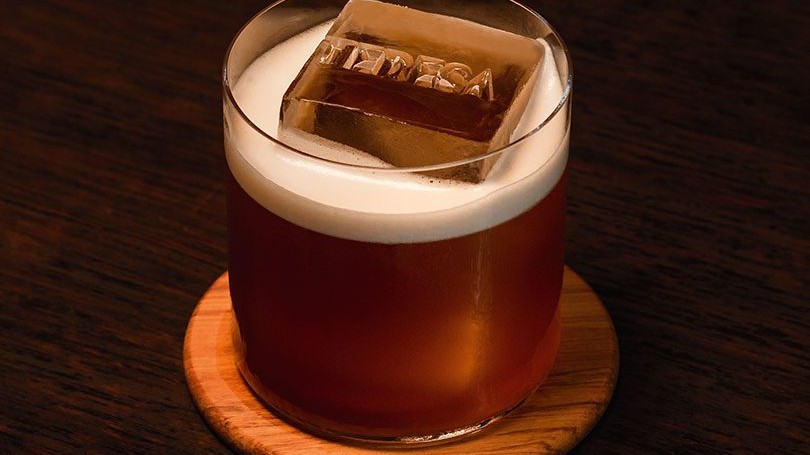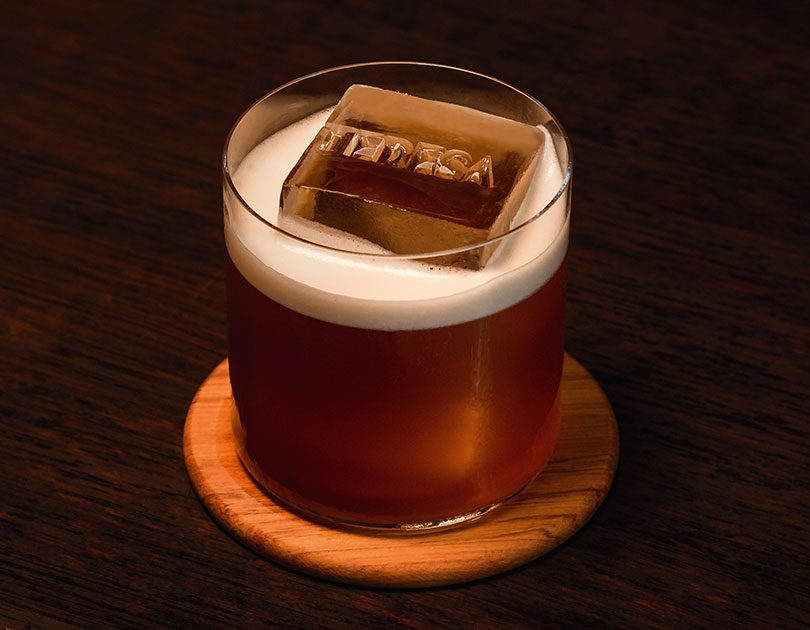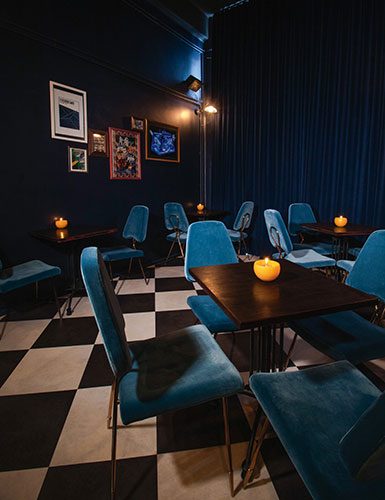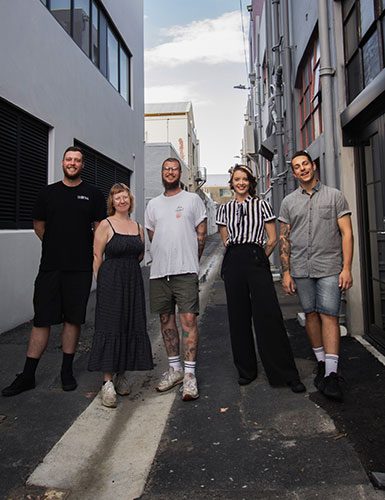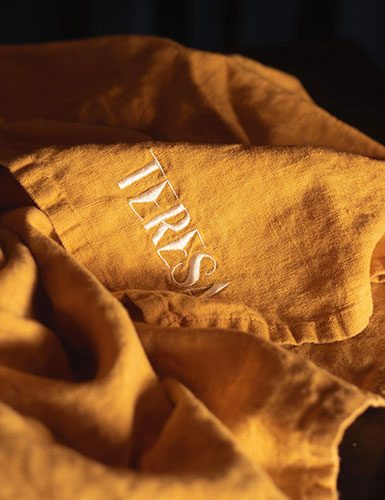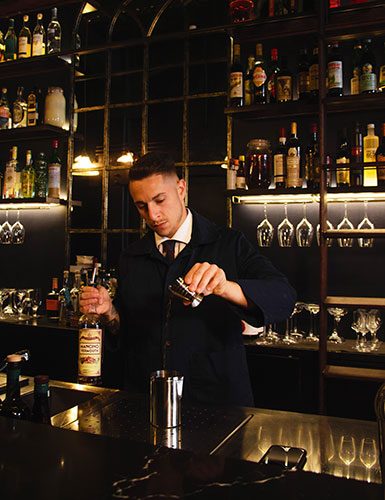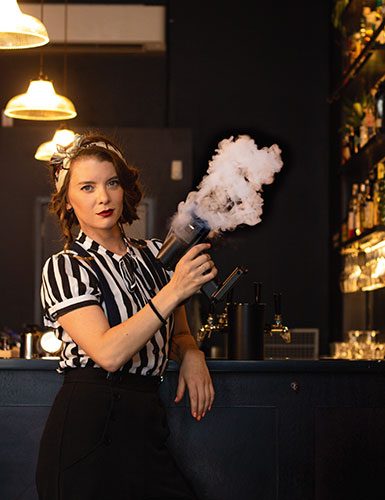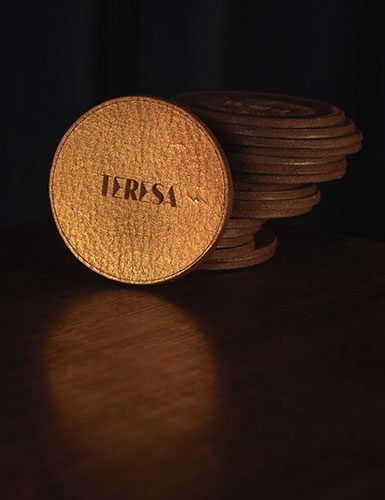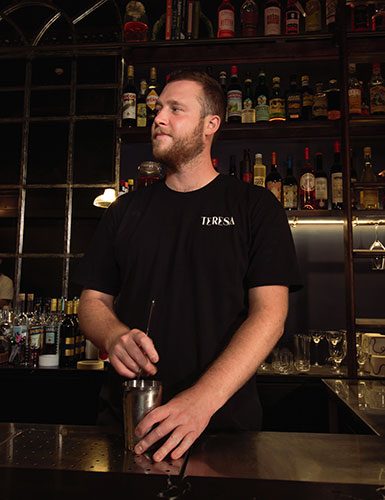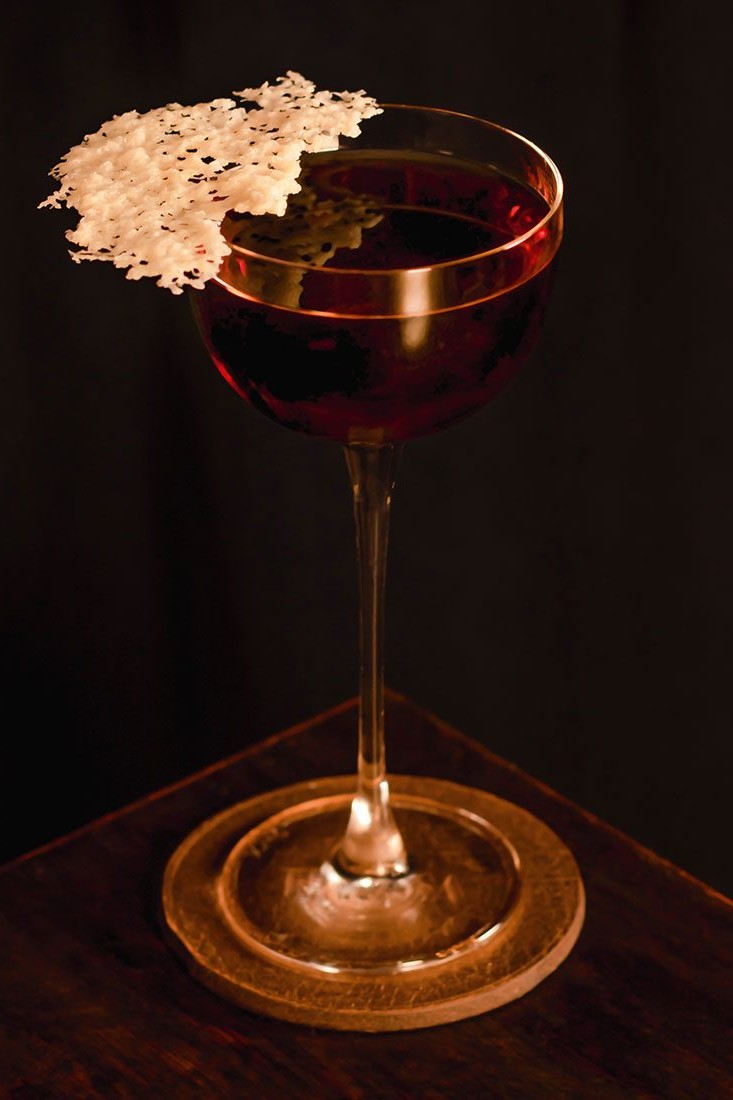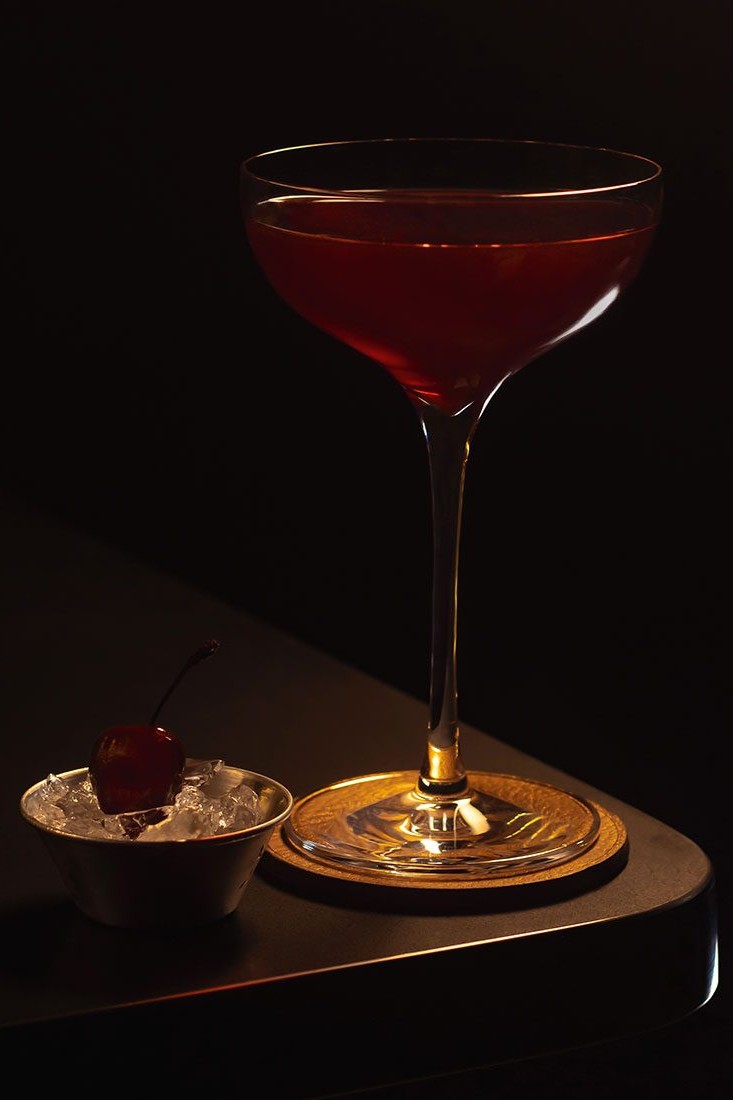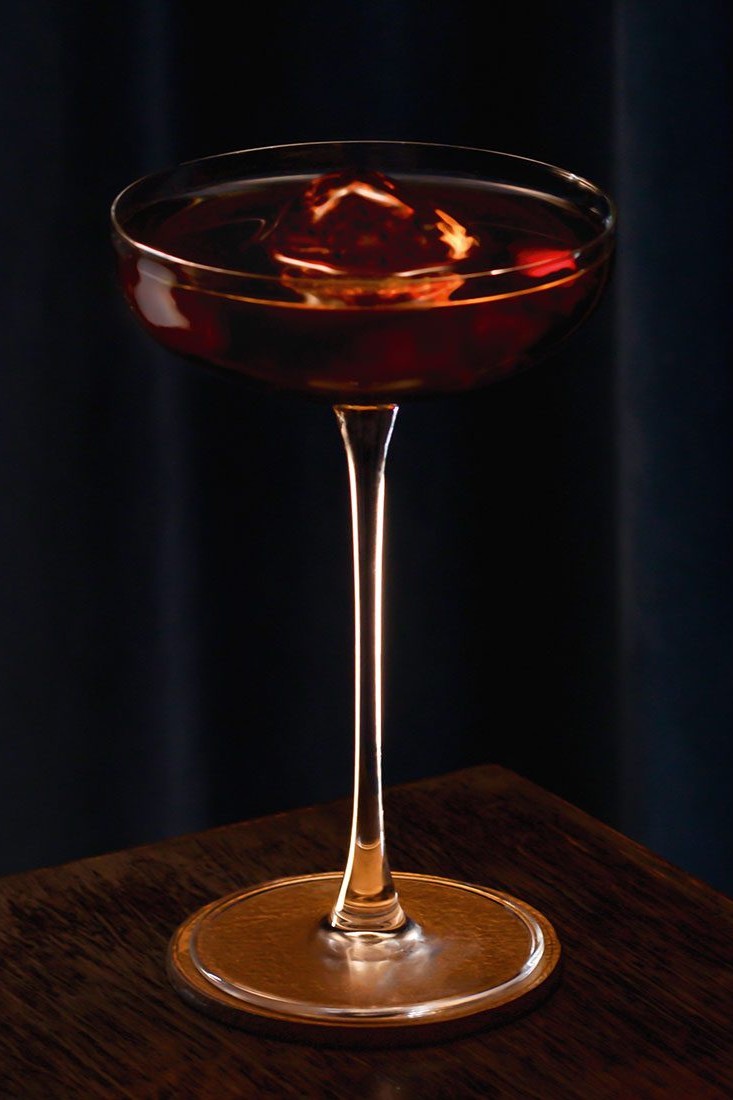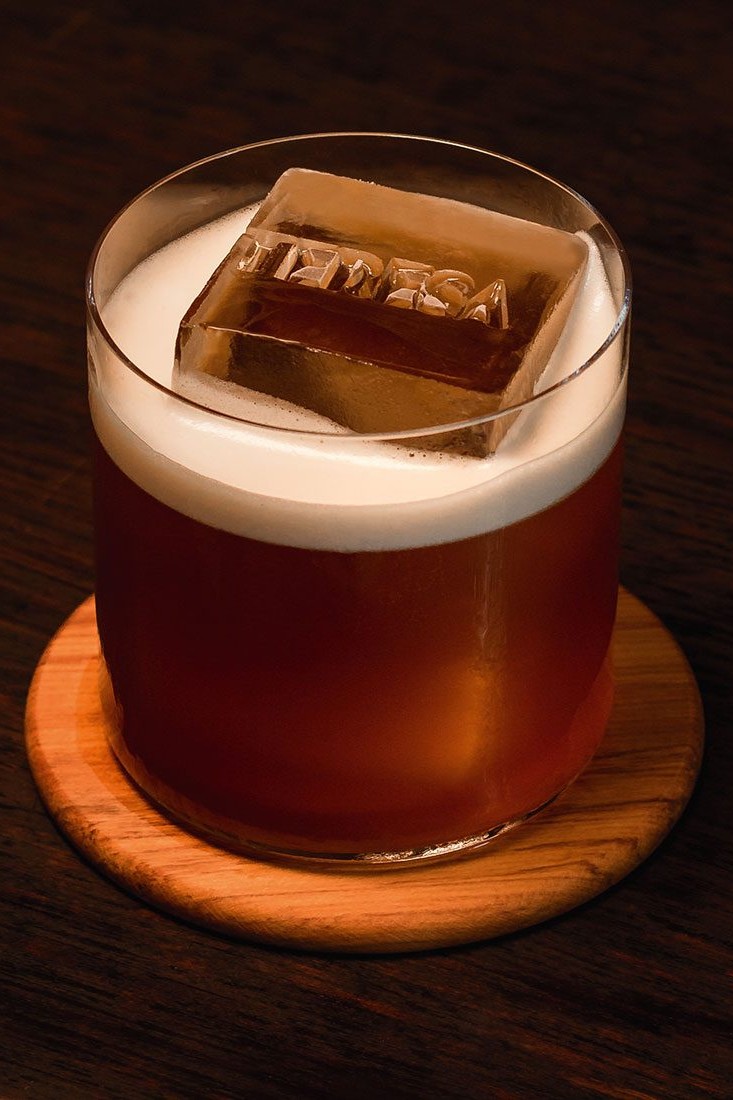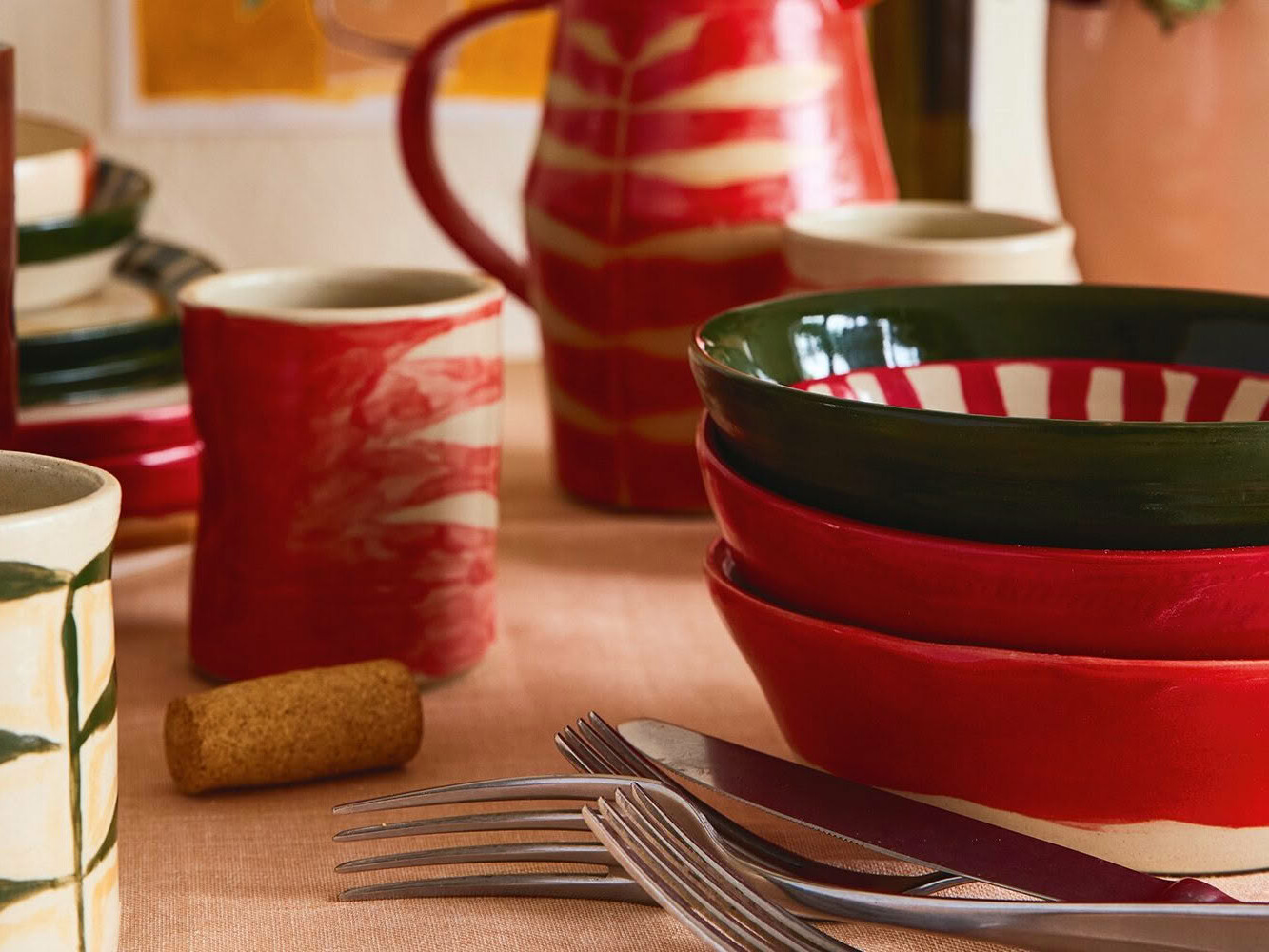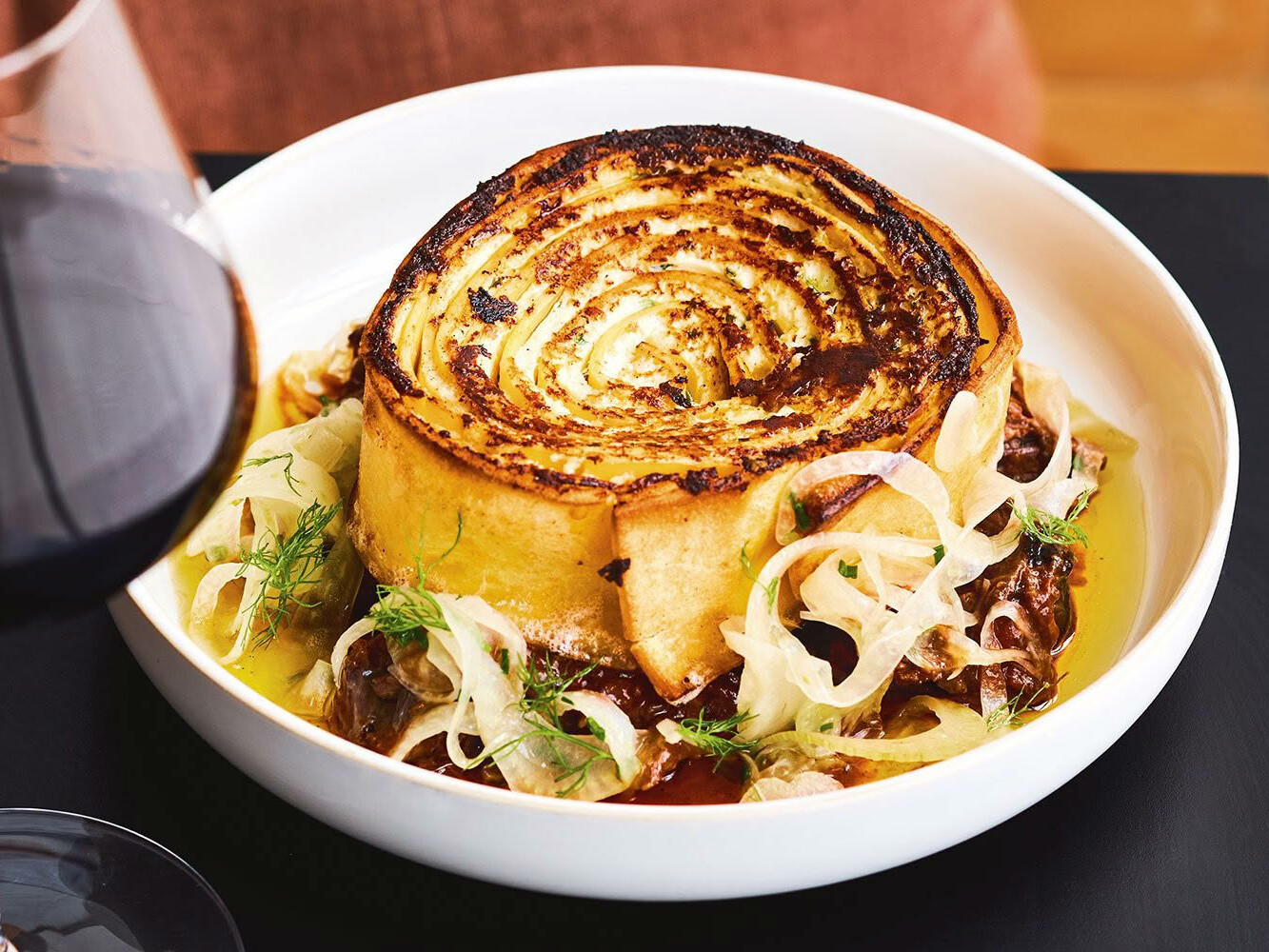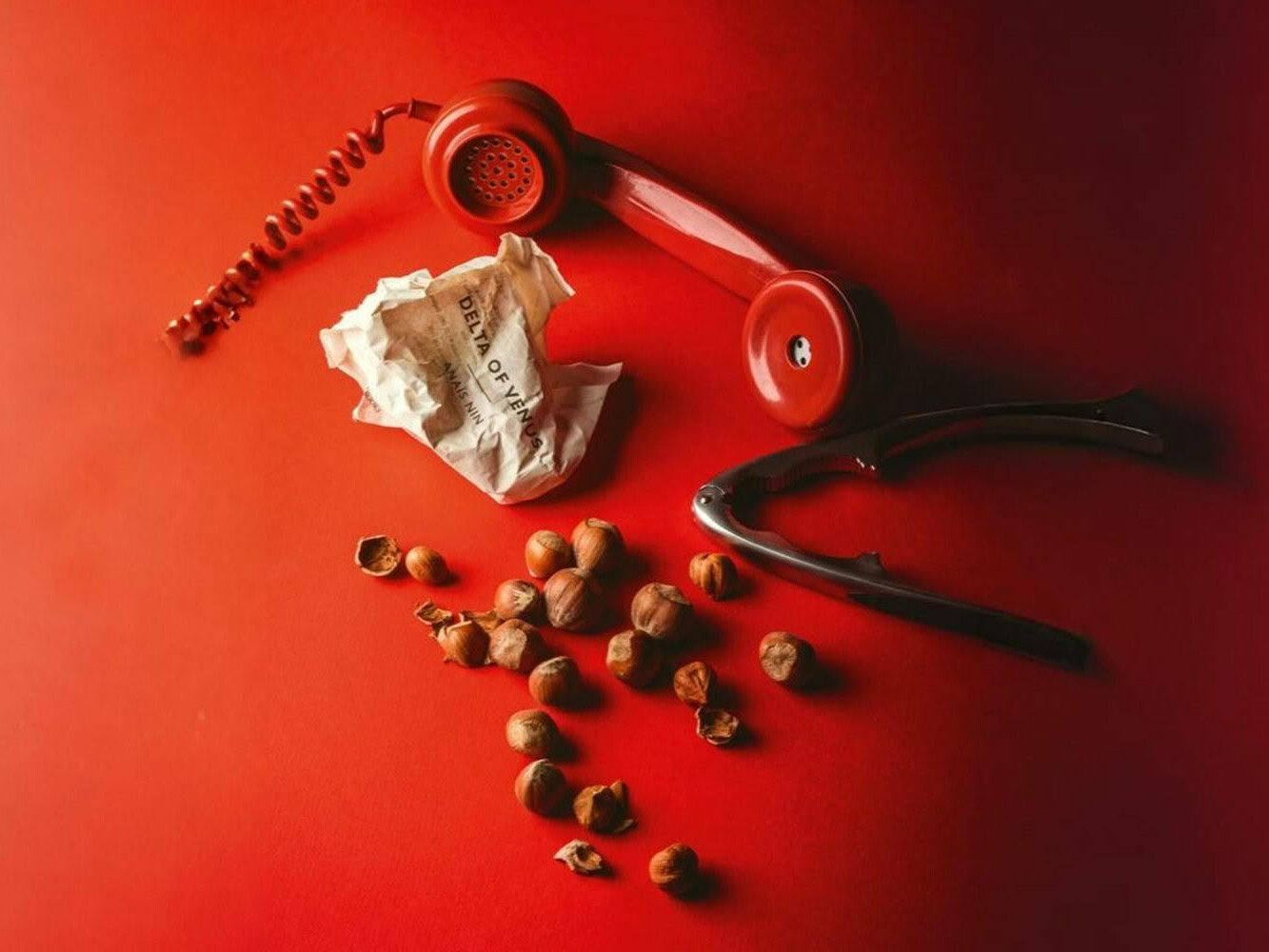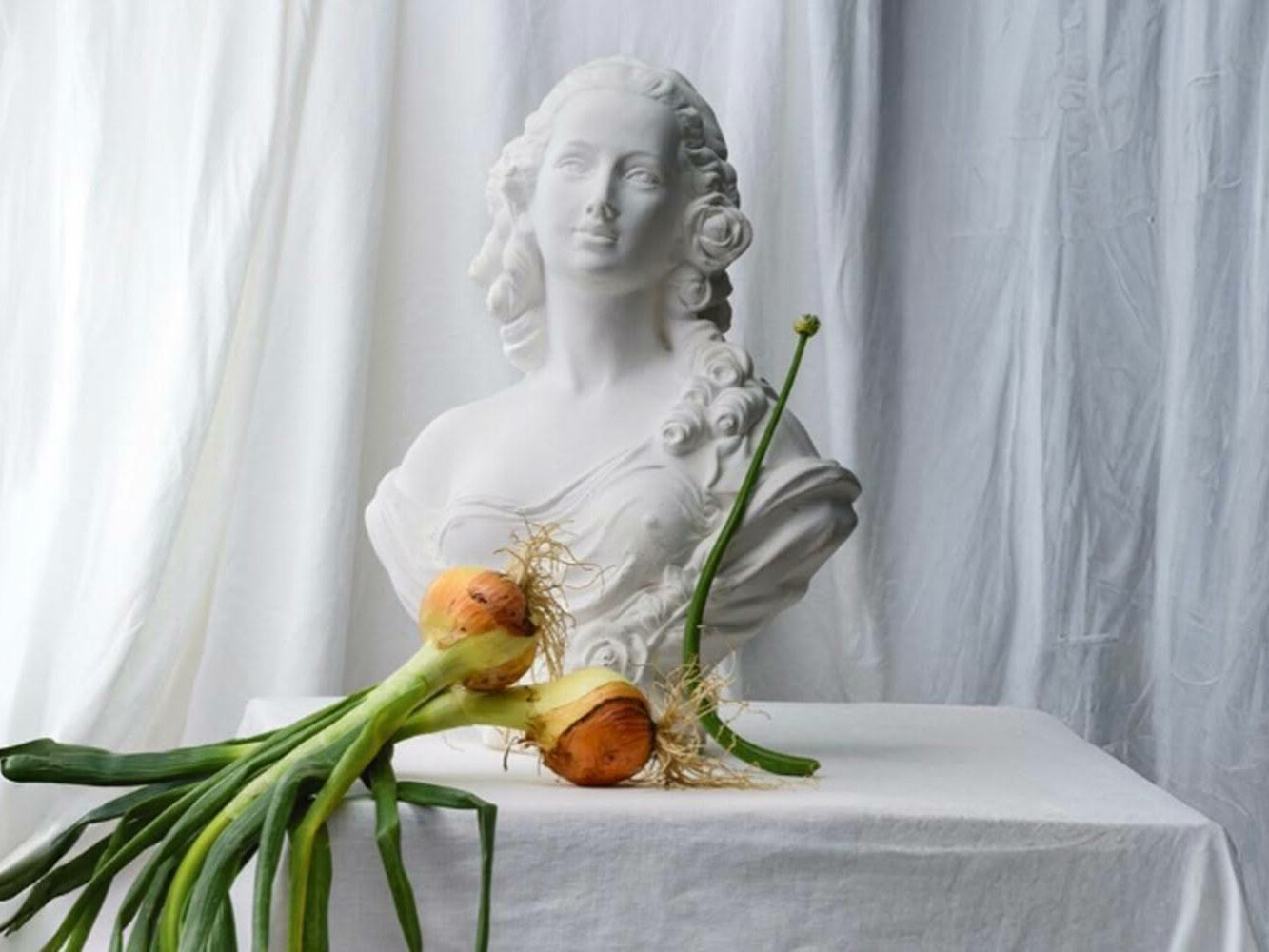Tash McGill tells us all about amari – those quintessential Italian aperitifs – and Andrea Marseglia of Teresa in Napier creates cocktails to show off their charms.
 AMARI
AMARI
In contrast to some aspects of drinking culture, aperitivo drinking is never about rushing or over-consuming. Aperitivo hour is the original, unhurried and elegant Italian happy hour, capturing a centuries-old approach to the end of the work day. And it’s the big wave of low-alcohol drinking coming to the world at large.
There are two main categories of amaro (Italian for ‘bitter’) – wine-based (vermouth) and spirit-based liqueurs. All are amari (plural) but some are also vermouth or aperitivo, meant for drinking before a meal. To make it even more complicated, vermouth can be sweet or rosso (traditionally with a red wine base) or dry (blanco or white wine).
All vermouth and amari combine the base ingredient with herbs, botanical roots and spices usually formulated to aid digestion, prepare the appetite or as tonics. There are hundreds of amari available, many with centuries-old regional influences, secret recipes and traditions. In many Italian bars, you’ll find housemade amari. Italy was historically a collection of city states, so regional designation and origin are vital in the history of the spirits. The Milano-Torino cocktail was named after the original ingredients used: Campari is made in Milan and sweet vermouth comes from Turin. It was created after the formation of the Kingdom of Italy in 1861, bringing those independent states together. Much like wine regions, Vermouth di Torino is now a protected designation for vermouth that can only be made from grapes grown in Turin.
Campari is distinctly bitter, orange and herbaceous and brought the first ready-to-drink cocktail to market in 1932; at only 10% abv, it was a perfect aperitivo choice.
Drinking amaro can be as diverse and accessible as a lower-alcohol vermouth and soda, as complex as a classic Milano-Torino, (though with added gin this becomes the luscious negroni).
TERESA
In Napier, hidden behind a painting at the back of Harvest Deli, you’ll find Teresa. It’s an aperitivo and cocktail bar proudly bringing Italian tradition to life here in New Zealand, thanks to the passion and skill of Andrea Marseglia.
The deli is fashioned after an Italian ‘alimentari’ – a small market and deli counter with cured meats, cheese and sandwiches. But Teresa is Andrea’s glittering jewel that comes to life at aperitivo hour in full-flavoured splendour, with Italian amari and vermouth lining her shelves.
From 4pm to 6pm, Teresa offers an aperitivo hour experience showcasing the original version of low-alcohol drinking – an aperitif or amaro and soda meant to whet the appetite and usually sipped, rather than swigged.
“A lot of people, they’re slowly understanding this way of drinking from a digestive point of view. If people come and buy a drink from four to six [o’clock], you get a plate of little snacks. It is our Italian aperitivo tradition – that usually when you order a drink, you get a little snack to eat.”
Andrea’s eyes glisten as he tells stories of Teresa, his grandmother and the bar’s namesake, describing her as the woman that villagers would come to for salt, extra herbs, plums – whatever was needed. With two parents working full time, Andrea spent a lot of time walking in the local village with his grandmother, learning what we call ‘foraging’ and being introduced to futurism and art through her collection.
“You know, there’s no such thing as ‘foraging’ in Italy, there’s not a translation. But we know where certain things grow and we know when they come in season. So we would try to beat our neighbours to it,” Andrea recalls.
This connection to locally grown food and networks is vital to the ethos of Teresa and part of the appeal that led Andrea to Hawke’s Bay. There’s also a strong ethos of sustainable responsibility that includes not only zero-waste or reuse but also the sourcing of ingredients. “We’re trying to have that closed loop with the bar and deli to repurpose everything from the kitchen. Fruit from our housemade cordials gets made into a little jam and we serve it with our Italian sweet bread.
“We collaborate with two organic farms: one is really famous for its strawberries, tomatoes and stone fruits, and the other supplies all the herbs and organic lemons. We wanted to collaborate with people who we believe in and we know they’re going to deliver incredible quality produce that will be easier to manipulate and make into a delicious drink or a delicious food.”
When it comes to creating something delicious, the influence of Italian surrealism and Cubism is strong. Andrea is constantly asking himself how his treatment of an ingredient help him (and his customers) really see the ingredient in new ways.
“We try to see the strawberry. What can we do with the strawberry quarter? Too easy. Let’s make it a little bit more fun, a little more interesting. And we just search for different routes that are fun and exciting. So we have that ethos which is to make it special, make it unique, to imprint a memory.” TASH MCGILL

